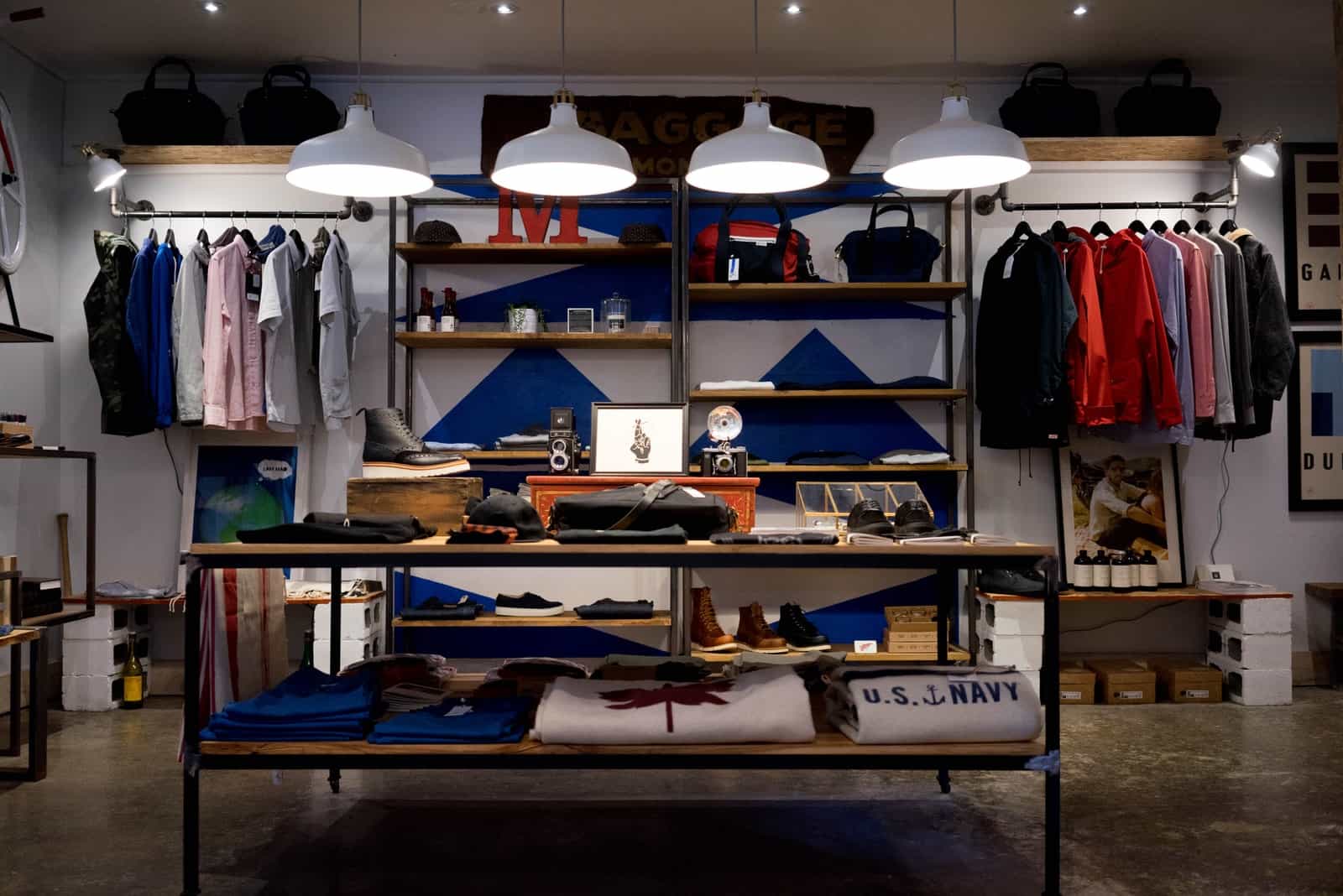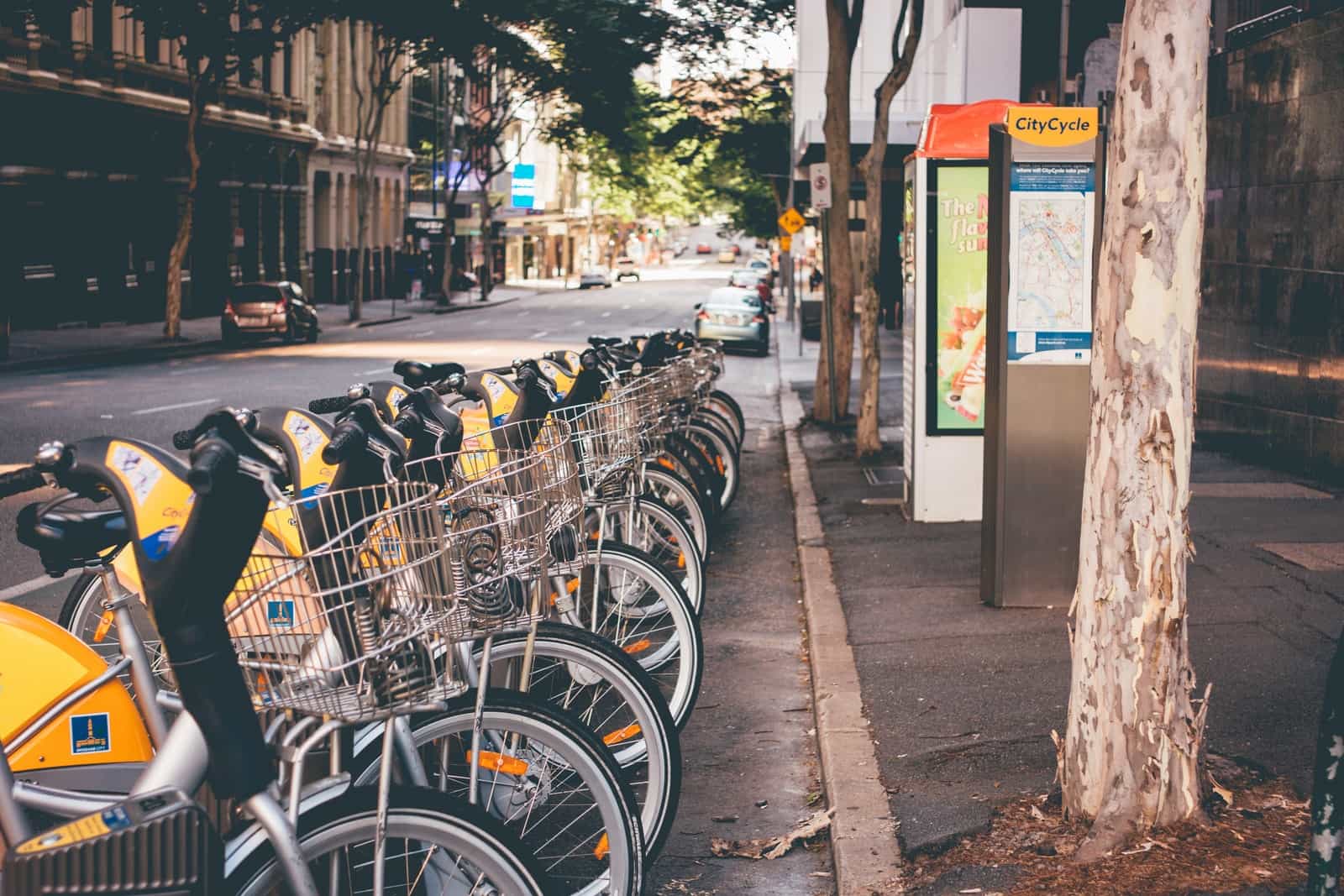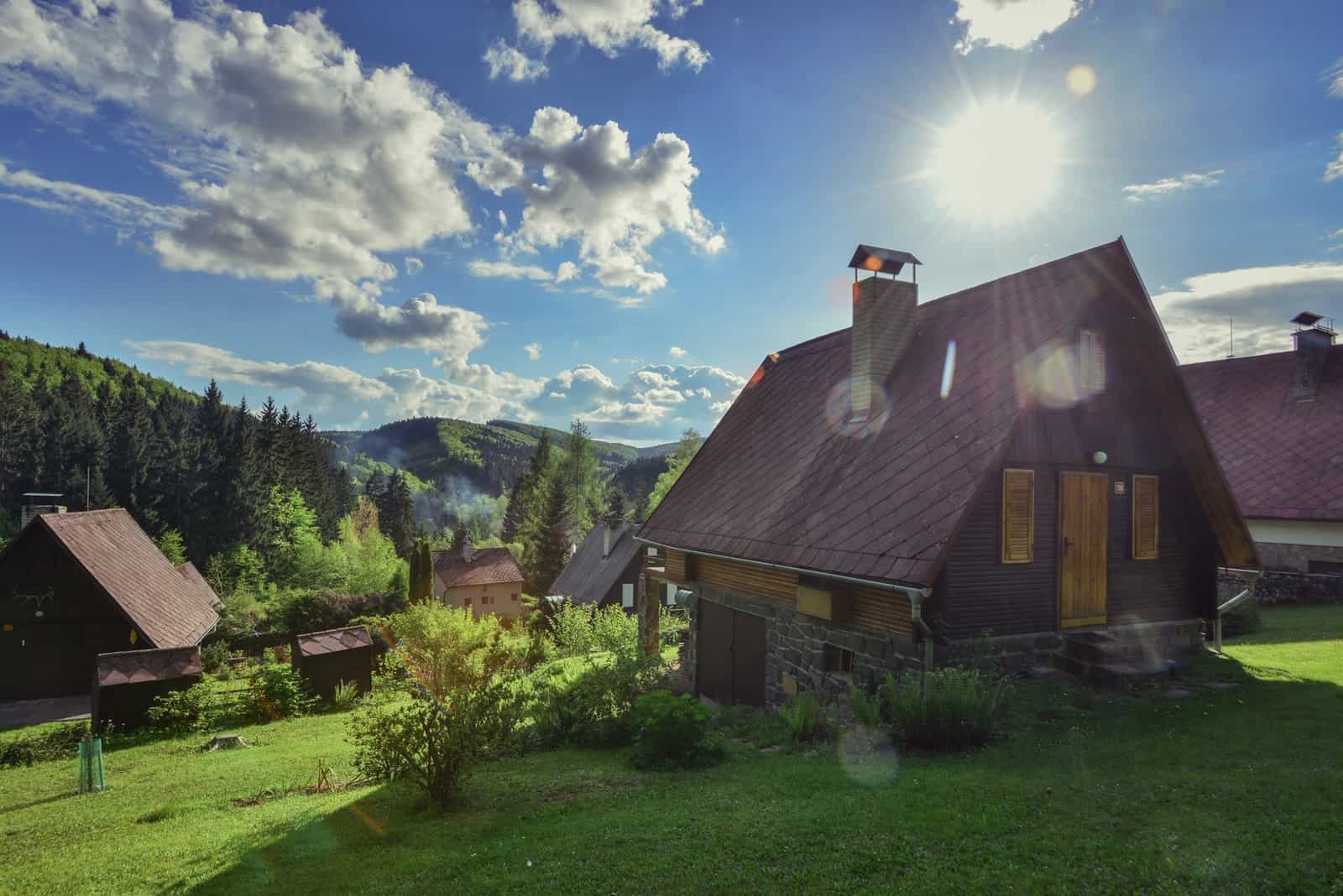
💃 The Roaring Twenties: gone or just delayed?
There are a lot of signs pointing towards a roaring twenties, after all. In this essay, Kelly Odell looks at the good things that might come out of the pandemic and shows evidence of a booming economy just around the corner.
Share this story!
As we move steadily towards a new normal “post-Covid” there are several economic indicators that give us good reason to be optimistic.
In the autumn of 2019, most of us were looking forward to kicking-off the 2020s with a bang. In fact, 2020 did start well for many of us. My own business delivered the best first quarter in our 25 year history and then April showed up and we all know the rest of the story.
A year later we begin to see light in the tunnel, or as Churchill might have said, “the beginning of the end” of this pandemic. Anyone looking for a silver lining for the Covid-19 cloud that has been hanging over us for more than a year might start by looking at a few tidbits of “good news” that indicate that the Roaring Twenties may still be just ahead of us:
- The International Monetary Fund (IMF) has increased their prognosis for global economic growth several times and are currently anticipating 6 percent growth for 2021 and 4.4 percent 2022.
- Government relief packages, while driving up debt for many countries seem to be paying off. The US relief bill, for example, represents a whopping 4.5% of nominal GDP but economists expect it to drive a 3% increase in real GDP for 2021, according to JP Morgan.
- Consumer savings in much of the world are at an all-time high. Consumers tend to be more frugal during economic down turns. The combination of both forced and voluntary reductions in consumption resulting from Covid-19 have created an exceptional savings buffer, according to Fitch Ratings.
- Interest rates are expected to remain low for the foreseeable future with some central banks expected to reduce interest rates even further, according to Bloomberg.
Oppurtunities ahead

In short, there are many indications that the better times may be just around the corner. To be on the safe side we need to remember that all this good news is prejudicated on the assumptions that vaccines continue to roll out at a steady pace and that no new mutations develop that don’t respond to treatment. But if the future is as bright as it looks like it might be, what opportunities or challenges will we meet as we move ahead?
Dress for success
The apparel industry took a devasting hit during Covid loosing over 93% of profitability in 2020. But after a year of sitting in front of our computer screens in comfy sweatpants many of us are going to want to replenish our wardrobes. A Kaspersky study show that 11% of people even work nude from home!
Strong growth is expected as the world pulls out of the pandemic. This is especially true in online clothing sales which are expected to grow by more than 20 % in 2021 (30 percent in Europe and the United States) compared with 2020, according to McKinsey & Company.
One of the challenges for the apparel industry as well as many other retail businesses will be to reevaluate the role of physical shops. The temptation may be great to close shops in leu of digital sales but there is a risk that many retailers don’t fully understand the role physical shops play in digital sales.

Employees are king and queen
Prior to the pandemic many companies struggled to recruit employees with the right skill set. In fact, some countries had identified the lack of “right-skilled” people as a potential obstacle to economic growth.
The pandemic changed the script abruptly and unemployment escalated as many companies struggled to respond to reduced demand. Rapid growth, post-covid, will likely put us right back where we were before the pandemic. It is probably high time to start recruiting if you haven’t already done so!

Redefining the workplace
To be sure, there were many people who worked from home before Covid-19, but for the last year working from home has been the only alternative. The effects of working continuously from home have not all been positive, but some studies suggest that as much as 33% of the workforce will work from home in the USA and leading markets in Europe.
While most people experience some problems with imposed isolation during the pandemic, they have also identified many positive effects: more freedom, better work-life balance, easier to manage family activities, and less stress. Some companies are already evaluating the opportunities to save money on office space by keeping employees working from home. These changes won’t come without some growing pains.
Many managers ask me for advice when leading from a distance. How to maintain a sense of belonging when we don’t meet as often as before? How do we know people are working? One thing is clear, the workplace isn’t necessarily a “place” anymore.

The Green effect
As bad as pandemics can be for human beings, historically, they tend to have a positive impact on the climate. Research from the Department of Geography at the University of Munich, Germany indicates that epidemic episodes throughout human history tend to have a positive effect on the atmosphere by reducing human activity. Covid-19 is no exception.
For example, during Covid-19 travel by airplane and cars reduced dramatically which contributed to a significant decline in pollution and greenhouse gases emission. The question remains, what will happen when Covid-19 ends?
The good news is that all the trips we didn’t take to the office during the pandemic have contributed a lasting benefit since even if many of us return to our offices after the pandemic, we won’t do it twice a day to make up for all the times we didn’t go to the office during Covid-19. It is also unlikely, that we will all take extra vacation flights to make up for the ones we missed under quarantine.

Renaissance of country life
Country life offers significant advantages for many people with lower housing prices, closeness to nature, and slower pace. The main drawback has been the lack of jobs. Now that we know that much of our work can be done from anywhere with a good internet connection, many people have been inspired to explore country living as a viable alternative to the big city.
National, regional and local governments in many parts of the world are capitalizing on this trend by investing heavily in beefing up digital infrastructure and offering various incentives for people who are interested in moving to rural areas. For example, the tiny Italian village of Santa Fiora in the heart of Tuscany has promoted itself as a ‘Santa Fiora Smart Village’ with subsidies on rent and even cash incentives for people interested in moving to Santa Fiora.
Similar trends are occurring all across Europe, North American and parts of Asia. Even before Covid-19, Japan’s Prime Minister Yoshihide Suga made revitalizing Japan’s decaying rural regions a key element of his socioeconomic platform. During the past year record numbers of people have moved out of Tokyo and the number moving in fell by almost as much.

So while we may not be out of the tunnel just yet, with a little luck we could see a strong rebound of the global economy, a healthier climate for everyone and better quality of life for many people around the world.
Kelly Odell is an award winning speaker, leadership educator and writer.
Look at his TEDx-talk held in a mine in Kiruna, Sweden.
Change is a part of our time.
By becoming a premium supporter, you help in the creation and sharing of fact-based optimistic news all over the world.


